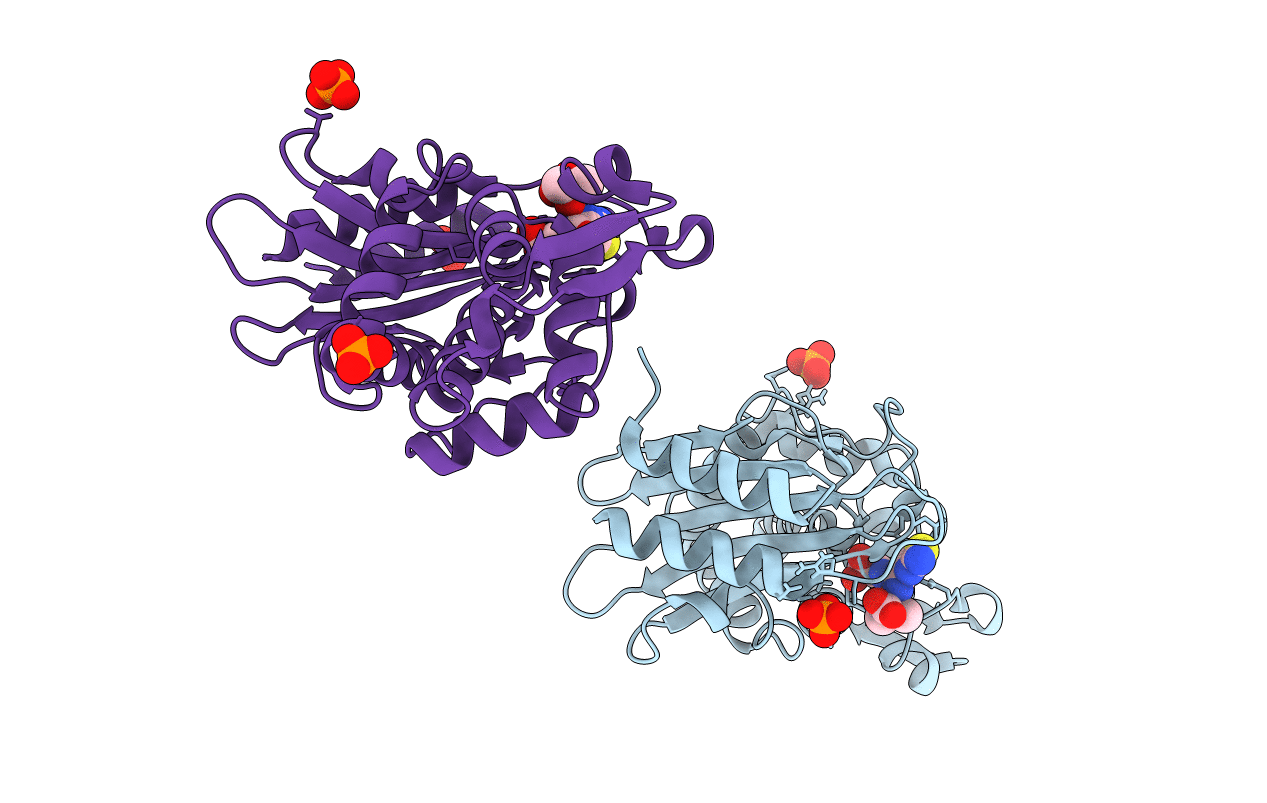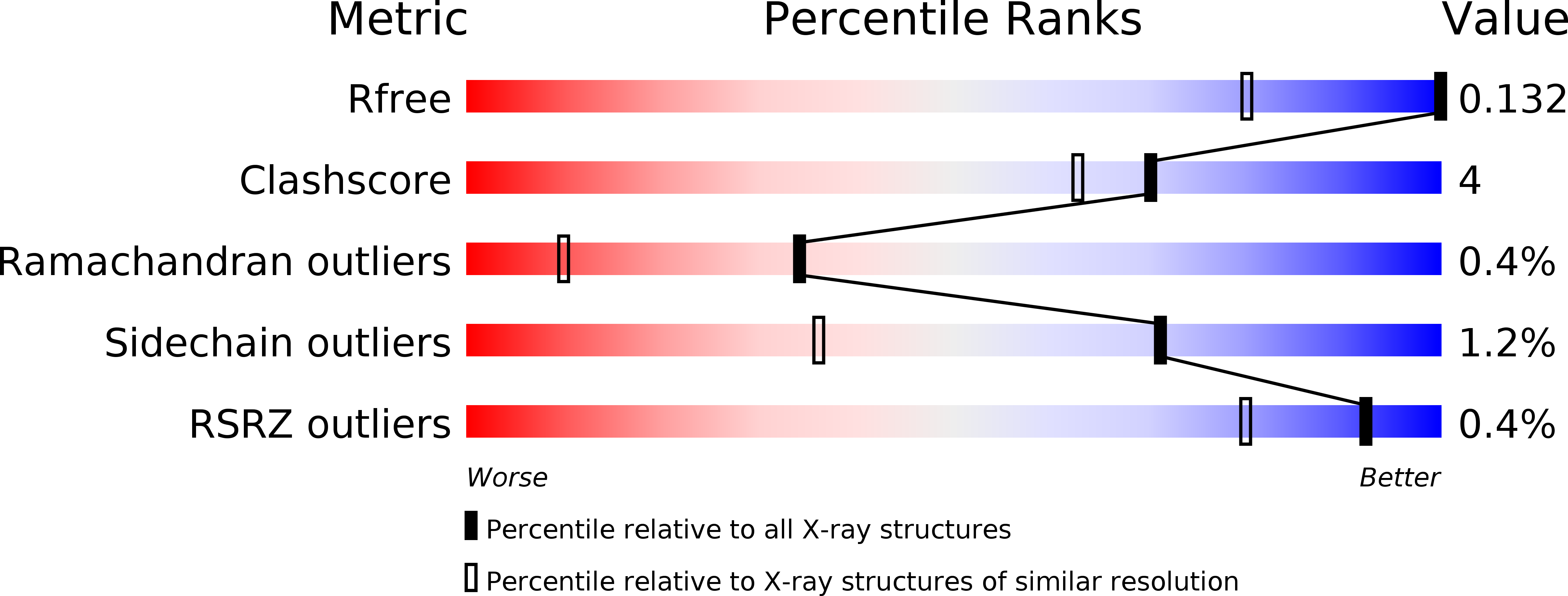
Deposition Date
2014-08-08
Release Date
2015-06-24
Last Version Date
2024-11-06
Entry Detail
PDB ID:
4UA9
Keywords:
Title:
CTX-M-14 Class A Beta-Lactamase in Complex with a Boronic Acid Acylation Transition State Analog at Sub-Angstrom Resolution
Biological Source:
Source Organism:
Escherichia coli (Taxon ID: 562)
Host Organism:
Method Details:
Experimental Method:
Resolution:
0.84 Å
R-Value Free:
0.13
R-Value Work:
0.12
R-Value Observed:
0.12
Space Group:
P 1 21 1


